|
My sister belongs to a drumming circle in Boulder CO, and I have had the opportunity to hear them a couple of times. It is both mesmerizing and strikes primal chords within those within hearing distance. Today as I walked to the Farmer's Market here in Charlotesville, I heard the heartbeat of drums. At first, because this is the weekend of UVA's first football game, I thought maybe there was some sort of a pep rally with the UVA band, but no, it was a small group of joyful people playing in front of one of the coffee shops. Both the participants and the crowd were diverse in age and style and all; but all were smiling. Some were allowing the beat to move their feet, while others gently swayed. But there was a magnetism and joyousness to the sound. Evidently they perform every Saturday around noon, and invite anyone who wants to join in to sit at one of the extra chairs and drums (see above).
It was amazing, and I can not wait for my sis to visit so she can join in. Here is a gallery of some of the shots I took... click on them to see them full crop and large. (as you can see - kids had mixed emotions about it all!)
0 Comments
I just ordered this book so that the many animals and plants from our WI home can be remembered and enjoyed here in Charlottesville. I do miss them all, but finding many more new ones here!
 | Design your own Photo Book with Mixbook's easy online editor. | Design your own Photo Book with Mixbook's easy online editor.
In Wisconsin, we had a porch and a swing and lots of untouched landscape. The occasional deer, many birds, and a clear view of the sky. It is a bit different in our urban digs in Charlottesville, VA. Tonight Jon and I decided to try out our new "patio... the fire escape! The view is different, but no less interesting. Watching the people walking, the sun making the bricks glow, and the pigeons and helicopters overhead. There is even greenery around. Here are some more shots to let you enjoy the view with us... you will have to supply your own wine though! (Click on any picture to see it larger)
 A long time ago a very wise man, and a mentor of mine, told me that an artist should be able to find inspiration from whatever is in an eight foot radius around them at any time. I believe this with my heart and soul. As I was thinking about Walter's words, I have noticed myself carrying my camera everywhere, trying to take “good” pictures, and not just looking around and experiencing. So to solve this I am taking a two pronged approach for the next thirty days. First, all photos will be taken within a one block radius of my home. I will have to concentrate on that which I see regularly and find something new about it. Secondly, I will not take my camera elsewhere*. I need to go back to enjoying and experiencing the whole and not worry about how everything will look through a lens or on screen. It is odd, but in some ways, taking pictures has taken me a few steps from experiencing reality. There was one time this distance served me very well, though! Years ago we were on a sailboat in the Virgin Islands. Every day we had been safely nestled within the small islands there. The one day, we decided to head out into the ocean, beyond the sight of land. I was excited and not at all apprehensive, until land disappeared. It was then that I learned the panic that happens when one discovers a new phobia! The only way I made it through that day was to look through my camera… it took me far enough from reality that I stopped panicking. I think I have stopped panicking again, but this time I want that thrill and uncertainty of reality. My husband was telling me about a lizard he saw the other day, and I replied that I hoped I got to see it and that I better have my camera with me when I did. It was almost like I thought the experience wouldn’t be valid unless I recorded it. That feeling both surprised me and made me think hard about what I want from my photography. The creative process, not the end product has always been the best part of art for me. I want to express the way I see and look, but I do not want the icon to be more a priority than the experience, so time for this exercise. I find it so easy to gt enthused and excited, but also it is so easy to fall into comfortable or safe ruts. I am not taking photos for fame or profit, so I must do it for my enjoyment and expansion first, so off I am to do that. I have to see if I can focus in and expand out at the same time! You will see the results in my daily photo posts this month. Today I have posted the last theme photo for a while (my trusty foil) and have a few more words there about this topic, if it interests you. Wish me luck both on the new activity and the withdrawal! *unless I am visiting the grand kids, maybe! Recently "The Guardian" reported the following about Charlottesville, VA: Last week, this central Virginian town was named America's happiest city – or Joy Town, USA, as America's media quickly had it – by the US National Bureau of Economic Research (NBER). It's quite an accolade. But an informal poll of residents didn't find too many who rejected the finding. "I don't know about the happiest but it's certainly all right," says Jackson Greg, on Main Street late on Friday evening.
The band was also quite the mix of talent and people! I think every musician played several instruments and, as you can see here, sometimes two at once! Thanks to them and kudos for the fun they had and brought to us! Here are a few more shots of Baaba Seth; just click on any of them to see the whole picture and a larger view!
 I was recently involved with yet another 'critique' discussion in a group for art makers on Facebook. It involved someone being upset and losing confidence because of the comments they had received regarding art they had posted. I have been involved with feedback/comments/critique and such for over 40 years now... on all sides; as a customer, instructor, maker, and professional. I am continually astounded at how often comment is mistaken for critique. And how often the subjective and objective are blurred. Or when critique is asked for simple validation is what is wanted. NOTE: I am going to ignore the added level complexity and vitriol comments brought on by the anonymity of the web, and focus on the comments that would be more universally applied in any situation. First, when one asks for feedback they should be clear as to what they are looking for! "Do you like this?" or "what do you think" leaves one wide open for anything, and everything, from opinion to fact. A friend asked me one time what my "favorite" painting in a museum was. I replied with the name of a fairly minor work. He could not understand my response, until I explained that he didn't ask me which I thought was the best painting... just which might be my favorite. I would choose two very different paintings to answer each question: Favorite? A subjective, gut reaction; Do I want to live with it on my wall? Best? An objective ranking of technical skillfulness, academic proficiency, and appropriate use of subject manner. There are many great artworks that I appreciate, but would not choose to live with, and there are many not so perfectly composed or produced artworks I would be pleased to have in my home because of the emotions they evoke, or they simply include subject matter I identify with. I love Folk and Naive art as well as Children's art. Rarely can those work be deemed the work of a virtuoso, but they may have great merit and emotion. If asked to critique them, I wouldn't bring up rules of design, or color theory; solving or applying those issues was not the intent of the creator. I would give an answer about why they subjectively appealed to me or not.  However if someone is asking peers for critique to improve their skill or marketability, they should be ready for both the objective evaluation of the technical merits of their work as well as how people respond subjectively to the image. Each person who responds will bring with them their own level of expertise, prejudices and preferences, and all can potentially be helpful, or if not, ignored! It is up to the artist to use or ignore the feedback they asked for, and to decipher what of it is subjective and what is objective. A comment or even an objective evaluation is there to use or not use. If you don't agree with it, you could/should ask for further explanation or reason for the conclusion, so you can understand where the critique is coming from. In doing so you may find that it is formed from a very personal experience, or from a fount of knowledge, or just from a gut reaction... that will give you more information to weight the applicability and universality of the comments as they apply to the work. Or you can simply ignore it. It is up to those critiquing to understand what comments or opinions may be important and useful to the artist. So make sure you understand if they are asking for a gut check, or whether they used a technique correctly; Were they asking if their color usage was effective or if you like the subject matter? If they have not made that clear - ask so you can be more helpful. The beauty of art is that there is a myriad of reactions involved in each piece - and that sum is then squared by the two parties involved. There is the maker's intent and the viewer's reaction. Only the maker knows their intent and communication goal. Only the viewer knows their reaction. Sometimes those are in sync. Many times they are not. This could be from an incomplete presentation or failure by the artist, or a non-receptive or ill-educated viewer, or simply two people coming from very different places. Only dialog between the two can bring understanding and additional knowledge to both parties if that is the goal (for some artist the making is enough, and the viewers reaction unimportant, but that is a whole different discussion!!). A viewer saying that Lautrec should know that people are not blue, or that Miro should draw more realistically, would probably have been ignored or corrected by those artists, because they would have known they were not a meaningful comments in regards to their intent. But that doesn't mean the comments (heard in art museums quite regularly I would assume) are not valid reactions from that particular viewer. Only by understanding the cohesiveness of the intent and the reaction can an artist and a viewer understand if the critique is useful and relevant or not. So to be a productive critique, the artist must be specific about what they are asking, and the respondent must honor that with appropriately directed responses or bow out . It is as appropriate for a viewer to appreciate only realistic renderings, or a specific subject matter, as it is for an artist to explore the avant-garde and conceptual ideas or technique, however they must understand the differences of thought before they hope to connect productively in a critique forum. |
Categories
All
Archives
January 2022
If you are really into history, click here for blog posts prior to 2014 !
|
|
© 2024 Jill Kerttula..
All rights reserved |
|
HOME |
ARTWORKS
|
CONTACT & ARTIST INFO |
|
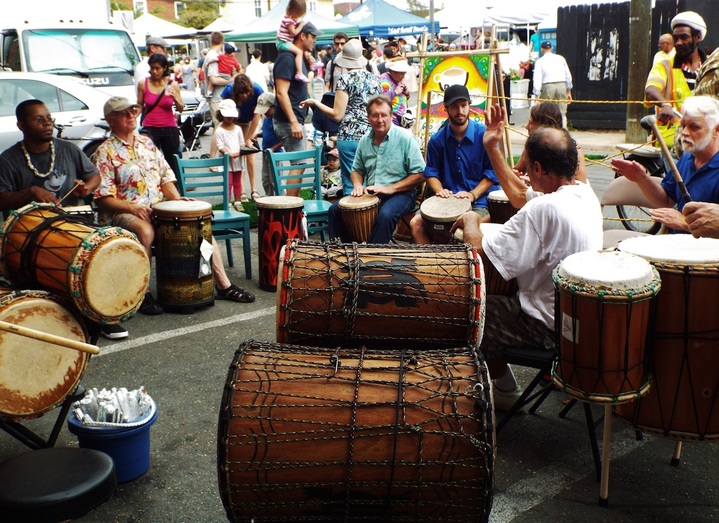



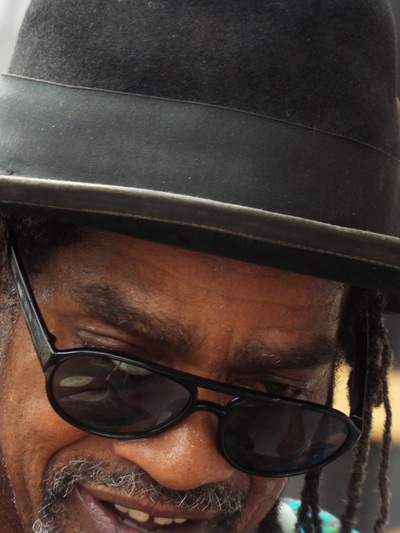
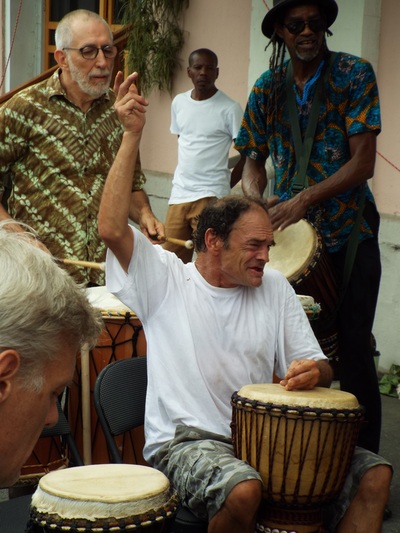




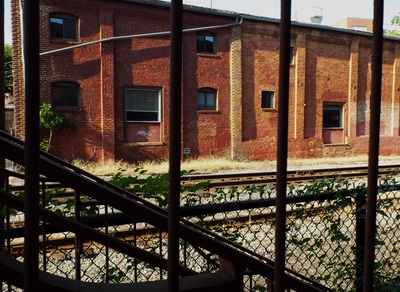








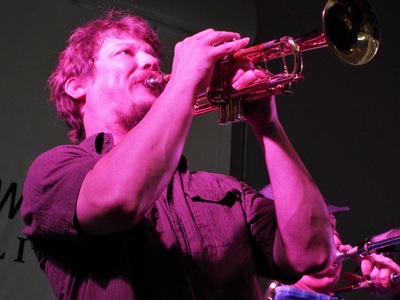








 RSS Feed
RSS Feed